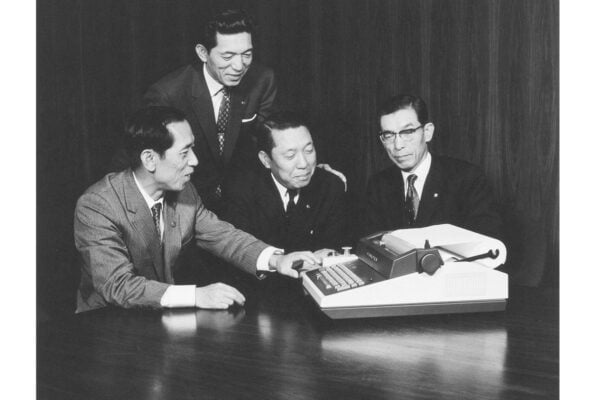The Benefits of Graphical Calculators for Teaching

As a teacher, you’re helping turn the students of today into the problem solvers of tomorrow.
That’s quite a feeling, isn’t it?
Naturally, you’ll want the entire class to flourish, which is why it’s important that they all work with the same technology. After all, a class full of different calculators is going to cause everyone a significant headache – particularly the teacher!
Thankfully, devices like the Casio fx-CG50 and the fx-CG100 provide powerful functionality such as the ability to plot and analyse graphs and transformations. This enables relationships, patterns and solutions to appear immediately before students, making both your and their lives so much easier.
There’s no quicker way to understand complex maths problems. But what are the real benefits of using graphical calculators like the fx-CG50 for teaching?
The importance of going graphic for your students
Graphical calculators are the perfect fit for secondary learning and exams, and it’s why you’ll increasingly spot the fx-CG50 in GCSE and A-Level maths classes.
Going graphic with calculations benefits your students in a number of compelling ways. You’ll benefit, too, because you’ll be able to foster a far more exciting, productive learning experience.
With a graphic calculator like the fx-CG50 and fx-CG100, your students can:
- understand relationships, patterns and rules more easily;
- experiment – often without your encouragement;
- push themselves beyond their current skillset;
- remain engaged for far longer while exploring graphical results; and
- improve their results.
In fact, at Hamstead Hall Academy, one student managed to achieve 10 more marks than usual with the fx-CG50 in hand.
Most importantly, calculators like the fx-CG50 and fx-CG100 enable all of your students to learn at their own pace. They have the ultimate freedom to learn when and wherever they wish – even when the computer room is unavailable.
Using graphical calculators for better engagement
Research has demonstrated that students retain more information if it’s presented visually.
In one study, people retained just 10-20% of written or spoken information versus nearly 65% of information present in visual form. This is one of the reasons students love being able to create and learn from graphs on the fx-CG50.
The benefit of the fx-CG50 is that it combines graphical representations of data and calculations with a familiar button layout. Most students have used a Casio calculator at some stage, therefore they already know what a lot of the buttons do. Harnessing the power of the more advanced features, therefore, becomes far easier, thus removing much of the burden from you.
After just a few lessons with a graphical calculator, you’ll begin to see significant gains in what can be achieved without pen and paper. The power to change variables on the fly and adjust questions as the student sees fit also enables them to explore the possible results, leading to a far better lesson overall.
Why teachers have chosen the Casio fx-CG50 and why many are now moving to the fx-CG100
For years, teachers have turned to the fx-CG50 to help students visualise complex GCSE and A Level maths. By making abstract concepts visible and interactive, the fx-CG50 allowed students to see the steps behind the answers — a breakthrough for learners who think visually but struggle to recall formulas.
It’s not just students who benefitted. Teachers themselves found the fx-CG50 invaluable for deepening classroom discussions and demonstrating solutions in a way that pen and paper couldn’t match.
Now many are making the move to the fx-CG100. With an upgraded user interface, sharper display and improved performance, the fx-CG100 builds on everything teachers valued in the fx-CG50 while delivering a smoother, faster experience designed for today’s classroom demands. The consistent interface across Casio’s latest scientific and graphing models also makes it easier for students to transition between devices.



